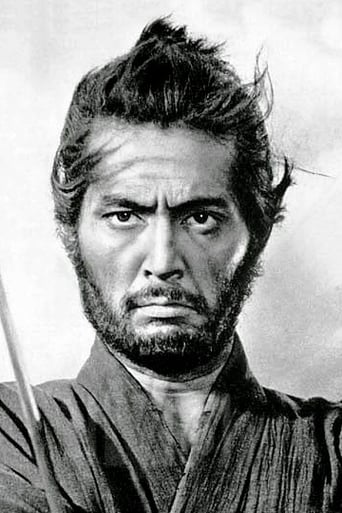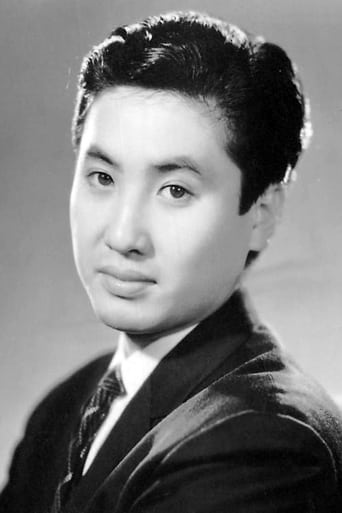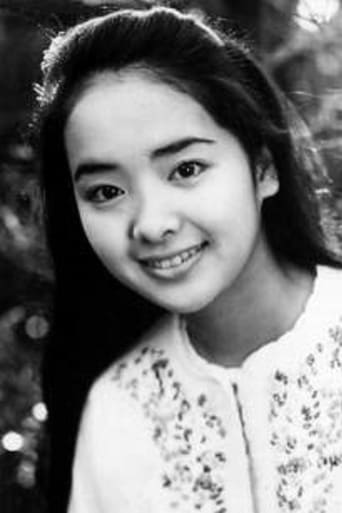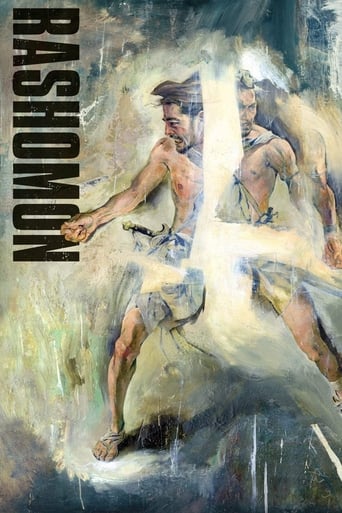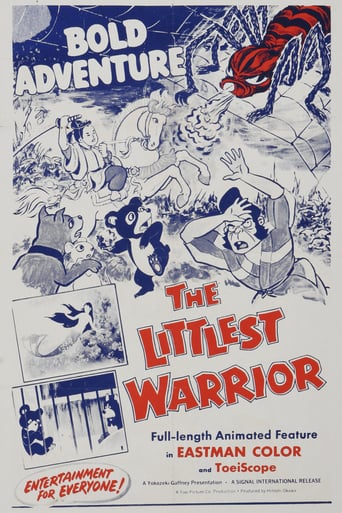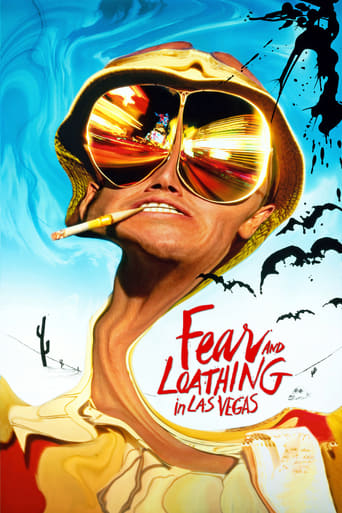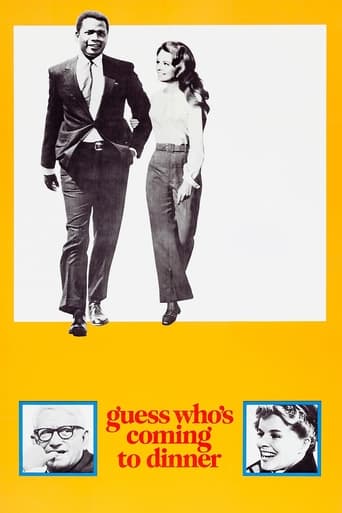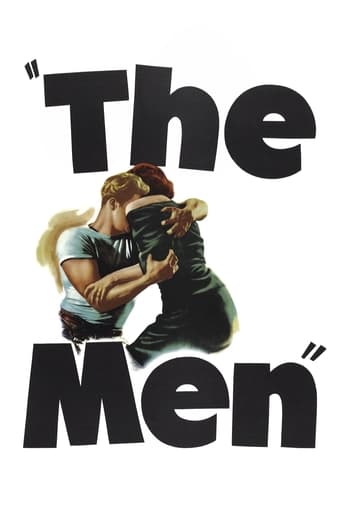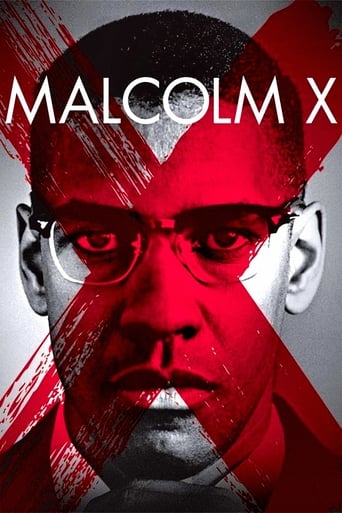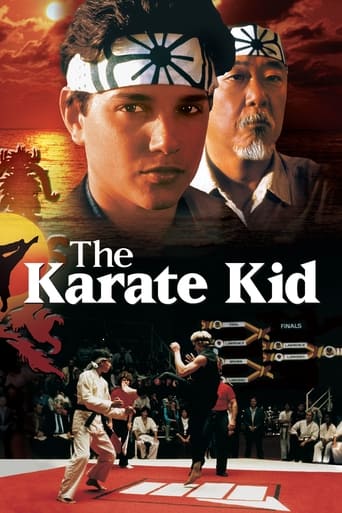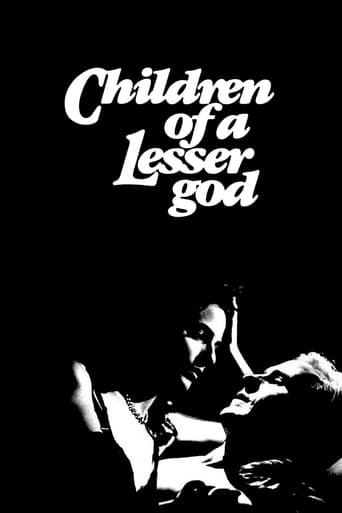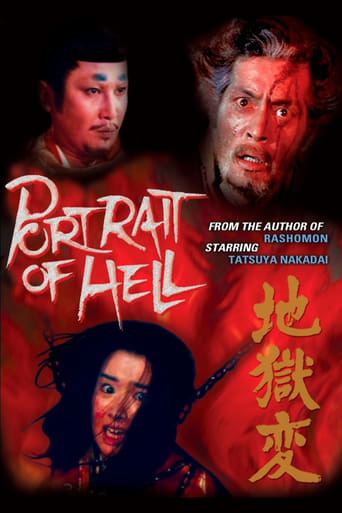

Portrait of Hell (1969)
The story, set in the Heian era, depicts the conflict between Korean painter Yoshihide (Nakadai) and his Japanese patron, the cruel and egotistical daimyo Horikawa (Nakamura). It is based on the 1918 short story Hell Screen by Ryūnosuke Akutagawa.
Watch Trailer
Cast


Similar titles
Reviews
Really Surprised!
I think this is a new genre that they're all sort of working their way through it and haven't got all the kinks worked out yet but it's a genre that works for me.
Let me be very fair here, this is not the best movie in my opinion. But, this movie is fun, it has purpose and is very enjoyable to watch.
It’s fine. It's literally the definition of a fine movie. You’ve seen it before, you know every beat and outcome before the characters even do. Only question is how much escapism you’re looking for.
No one does 'descent into madness and despair' better than Tatsuya Nakadai. And when it comes to theatrical lighting, expansive settings, and slow-fi supernatural poetics, no one does them better than the Japanese, who had the benefit of a few centuries of kabuki experience before Mario Bava and Roger Corman got there with their cobwebs and color filters. All the elements are in place then and Shiro Toyoda delivers with utmost impunity. In part a not-so-distant cousin of the kaidan genre of spooky ghost stories that proliferated all through the first half of the 60's in Japan, complete with deformed ghostly apparitions that come and go as they please, yet also a bit of a prestige film that can afford beauty for beauty's sake without having to cram plot points in the short running time of a second-bill film, this reflected in the stars of the film (Tatsuya Nakadai and Kinnosuke Nakamura) and the lush sets Toho Studios put in Toyoda's disposal, the vivid colors and accomplished camera-work that suggest a director more talented than his nonexistent reputation in the West implies, all these elements coming together to create a dramatically unsubtle, not really horrifying but tragic and macabre, parable on the unyielding monomania of a perfectionist. A Korean painter is summoned by his Japanese lord to paint a portrait of Buddhist heaven. The Japanese lord becomes smitten by the painter's daughter and takes her for his concubine. The Korean painter pleads for his daughter, this coming across as more the whim of a possessive father than genuine love. Finally he settles for painting a portrait of hell. You just know Tatsuya Nakadai's face is gonna be a mask of utter despair and torment by the end and it's worth the ride getting there because the conclusion is truly ferocious.
A title that the film delivers the goods. Not the Hell of western imagination but the Hell of Buddhist thought. This is a tough film that really stick in the mind long after it's over.Nakadai plays a Korean court artist to a ridiculous Japanese Lord who is blind to the growing poverty of his domain. The Lord wants a mural of Buddhist paradise but the artist doesn't know what that looks like. He can only paint death and misery. The artist himself is no great example of humanity as he's a full blown bigot. Caught in the middle is the artist's daughter and her innocent Japanese lover. This film would not be possible without Nakadai who uses his ability to portray deep despair to it's fullest here. At points he looks like his character in "Ran" almost exactly. The points covered here include vanity, racism, pride, and other human traits that create a hell on earth. There's no happy ending here so be warned.Wonderful sets and a theatrical style of lighting create an atmosphere unlike most other films. Recommended
Though I've seen most of his older stuff, my current impression of Tatsuya Nakadai derives from "Ran," "Kagemusha," and an appearance at Berkeley's PFA. At the latter, he appeared, as Japanese can, stiffly polite, a bit broader of chest than I would have expected, though age brings that, and at least, I think, average height, in an immaculate gray suit. His fluidity of movement in the 1969 "Jigokuhen" startles me even against the early samurai roles. While Kinnosuke Nakamura, playing Lord Hosokawa, embodies in every movement the calm attached to his character's status, Nakadai's never still. Nakamura looms, of course in court, but no less so crouched over Yoshihide's daughter or alone, pacing. Nakadai leans, bobs, treads air, seldom or never freezes. Even in the presence of court women, of anyone but his daughter or her suitor, he seems always the shortest person on screen. Think of Jean-Louis Barrault in Jean Renoir's Jeckle/Hyde film "Le Testament du Docteur Cordelier." As the doctor, Barrault's his true height. As Opale (Hyde) he's a foot shorter. The transformation happens before your eyes, with no special effect, and is absolutely believable. Nakadai here rivals that feat.If "Jigokuhen" were a better film than I think it probably is, I'd elaborate the irony of the Yoshihide's groveling against the Lord's serenity. More startling though, is Yoshihide's lack of humor, against the Lord's embodiment of it. Indeed Lord Hosokawa's the only one in the film to joke, and keeps trying nearly to the end. Yet another case- Milton's Satan certainly wasn't the first-of the bad guy getting most the good lines.
This filmed theatrical performance centers on the tension between a Japanese ruler and a Korean artist. The ruler a Buddhist who considers himself a living Buddha amidst the suffering of his people brought on by his indifference, the artist a Confucian whose pride has been trampled on so many times he comes to hate even his innocent Japanese student who courts his daughter. One of the many themes in this carefully told story includes the idea of individuality portrayed by a political rebel sporting an ogre's mask. The rebel and the Japanese art student, fueled by their individual power, storm the castle of the corrupt lord like demon's of hell. Although the wheel of karma turns, symbolized by the wheels on the lavish royal carriage, their is always personal choice. The artist chose to imprison his daughter,Yoshika, drive away his foreign protege, and dared the lord to burn the carriage holding his girl. The lord chose, to indulge in an egocentric project to have a painting of himself as an enlightened being, verbally and physically abusing the genius painter, ignore the Korean king's call for help during an invasion, hold the innocent daughter of the artist, and ordered the slaughter of Korean immigrant's as they tried to go home. We, the audience hope for a glance at the evolving masterpiece the artist is working on. The painting is at first inspired the the fear of a chained little boy who squirms at the sight of approaching snakes. Finally, the artist (Tatsuya Nakadai) realizes that the torment of damnation is within himself this whole time. The flames in the movie seem to melt the screen and the haunting flute song becomes the soul of this tragedy. All the actors and actresses perform this tale in a very traditional, super dramatic way. Every time the artist begs for the return of his daughter from the lord you can't help but feel heart broken. The film is a real treasure but slightly flawed due to the innapropriate soundtrak which would be more appropriate for a western epic. Masaki Kobayashi's Kwaidan clearly contributed to this film's lush and hyper real colors, textures and images. Do anything you can to view this work.


